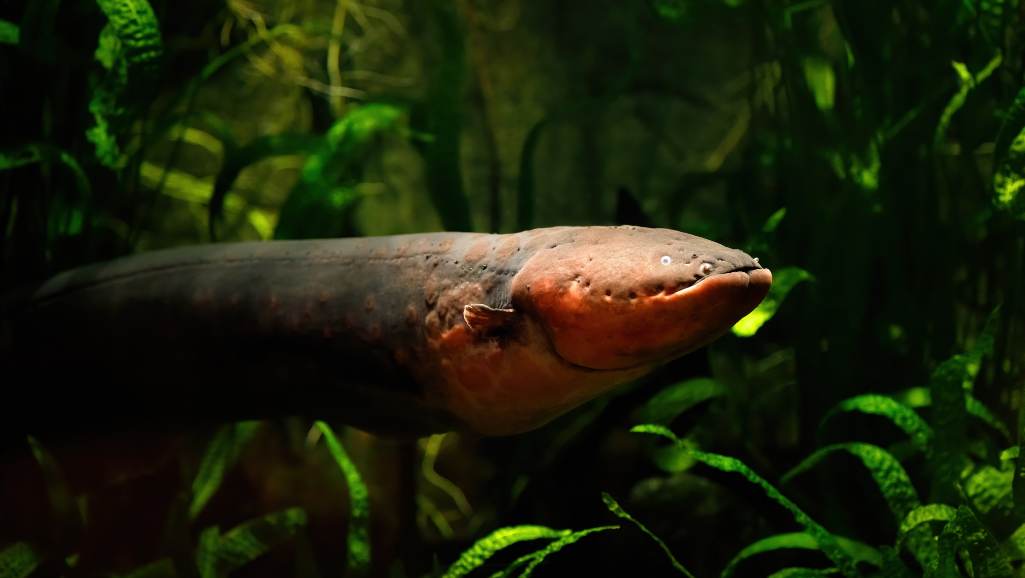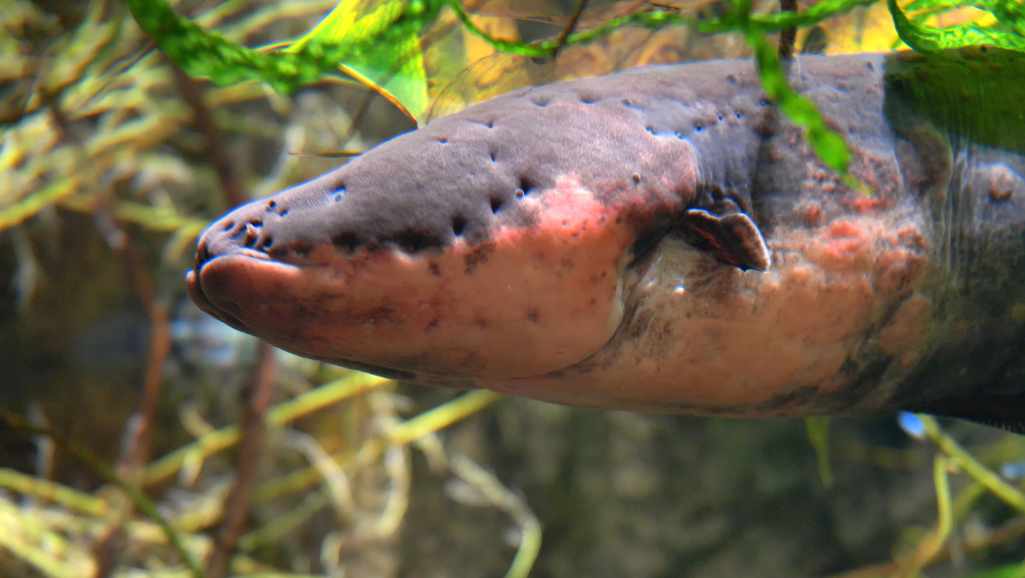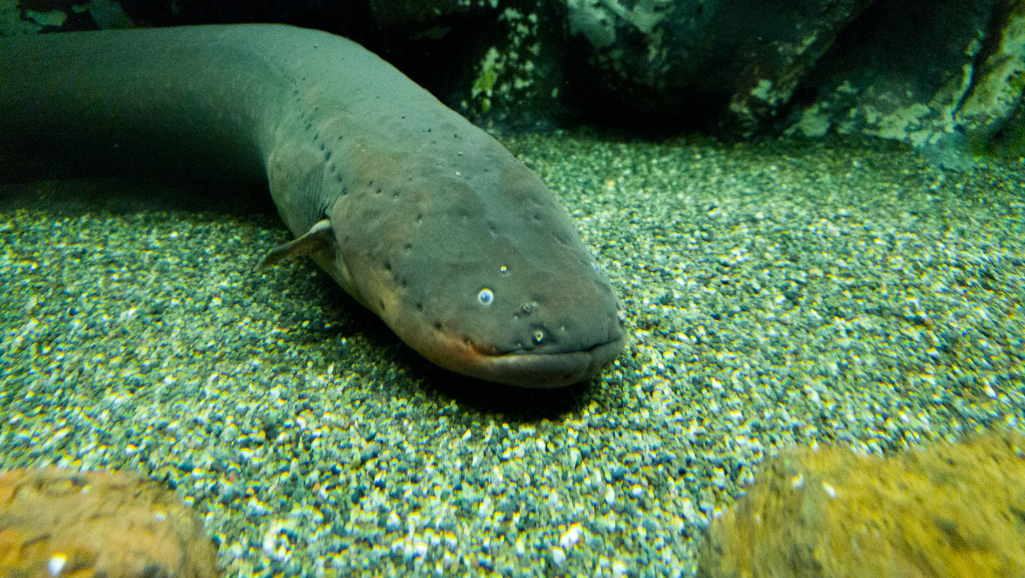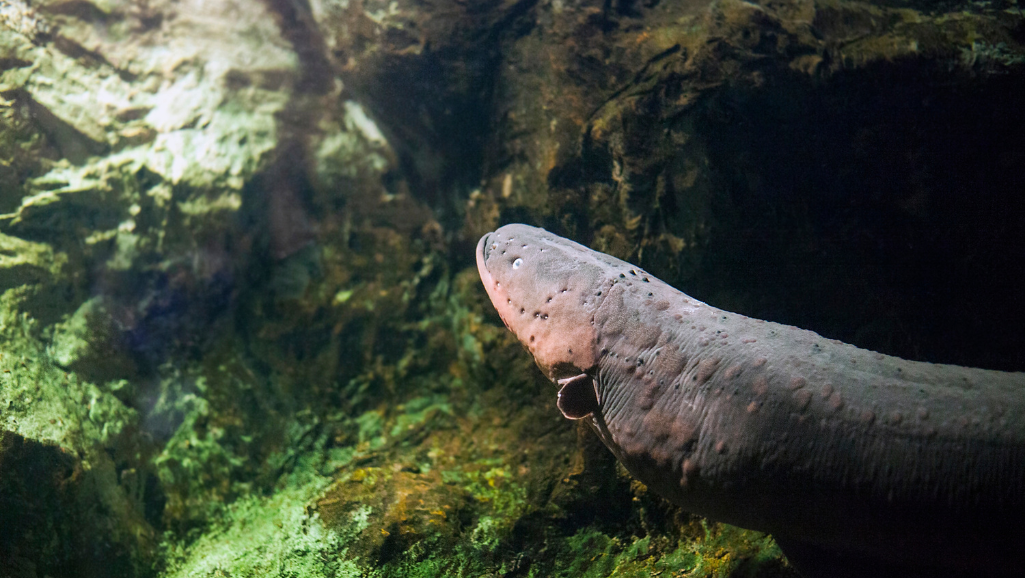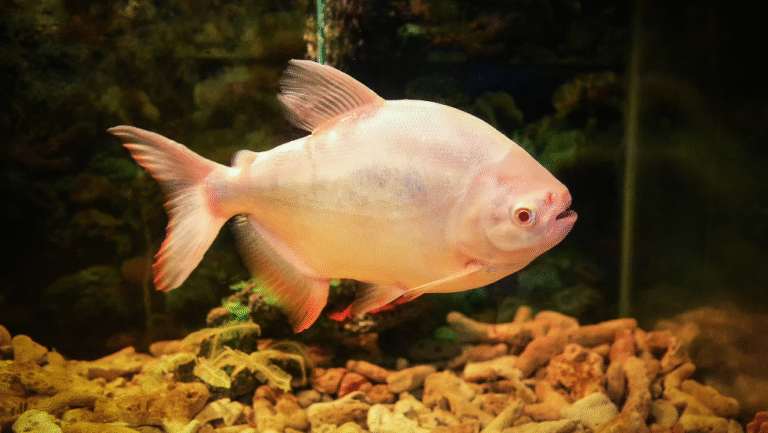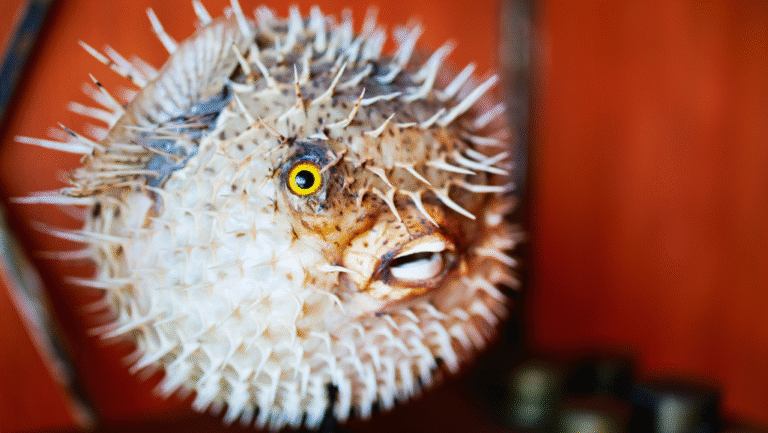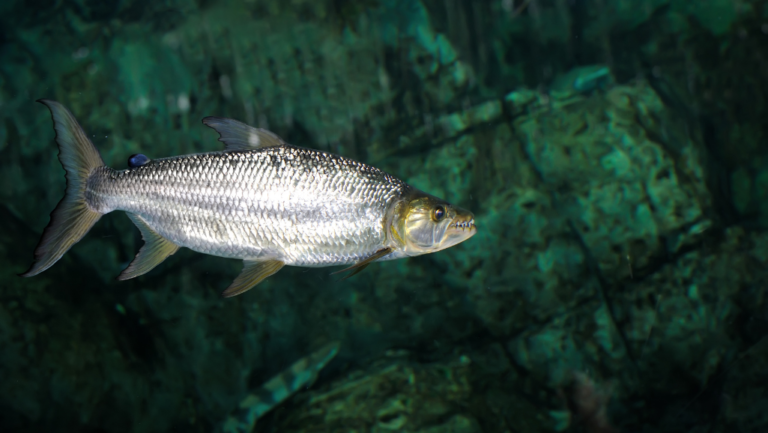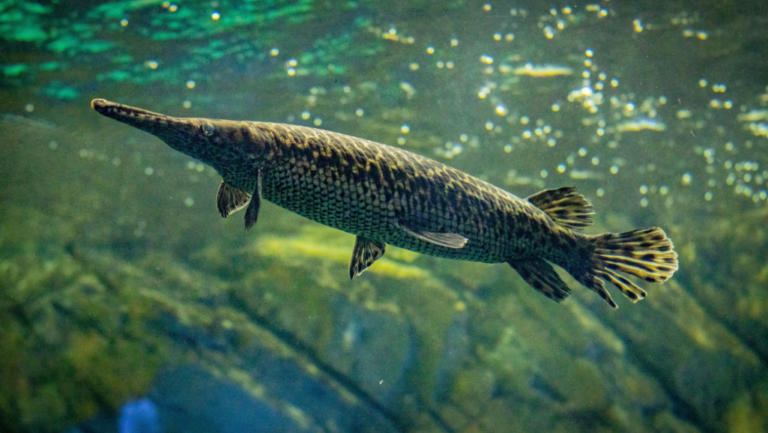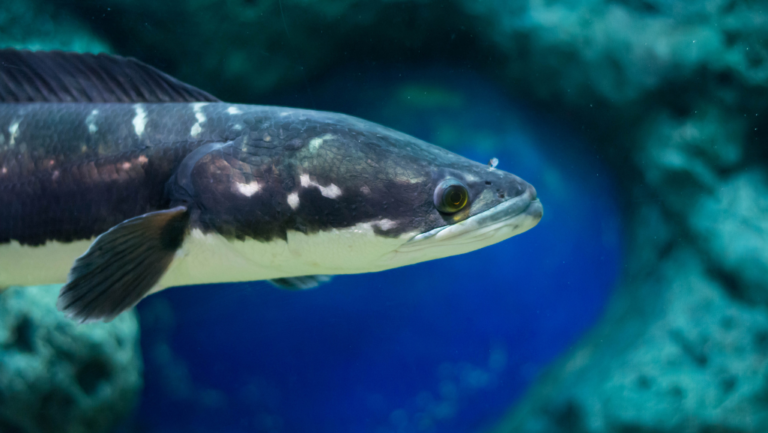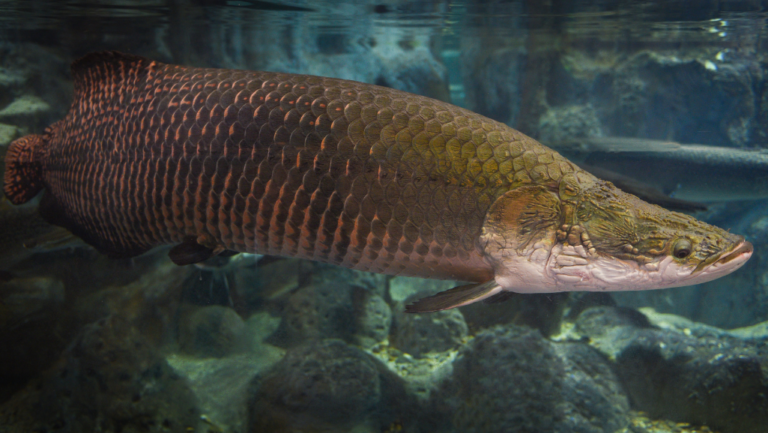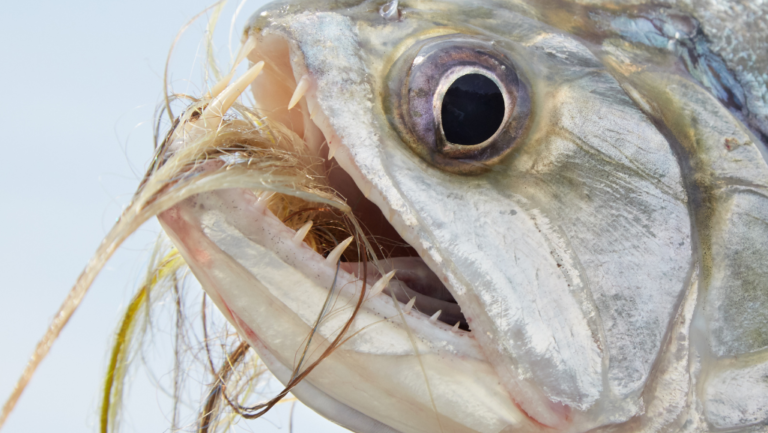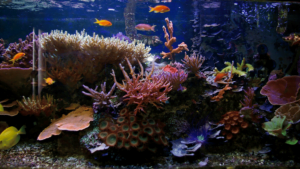Electric eels have amazed both the public and scientists with their incredible ability. They are not true eels but electric fish, found in South America. These creatures can shock with up to 860 volts, making them a wonder of nature.
They can even power a lightbulb, sparking endless curiosity and research. Their unique power is a key reason for their study.
Electric eels are not just fascinating; they are also powerful predators in the water. They belong to the Gymnotidae family, known for their electric abilities. These abilities play a vital role in their survival and the balance of their freshwater habitats.
Key Takeaways
- Electric eels can generate the highest voltage among all electric fish.
- Uniquely adapted to breathe air, these eels rely on oxygen from both water and atmosphere.
- Exceptional communicators, electric eels use low voltage discharges for social interactions.
- Species of prey have evolved countermeasures to avoid detection by the electric fields of eels.
- Electric eels are significantly insulated against their own shocks, a necessary adaptation for survival.
- Their scientific classification places them within an interesting niche in the biological taxonomy.
- Electric eels’ anatomy and habitat make them one of the most studied species in aquatic wildlife.
Introduction to Electric Eels
Electric eels are a natural wonder known for their shocking abilities and interesting life cycle. They live in the diverse ecosystems of South America. These creatures are important for both the environment and science.
As freshwater fish, they thrive in the murky waters of the Amazon and Orinoco basins. They show fascinating electric eel behavior. This behavior helps them navigate, hunt, and defend themselves.
What Are Electric Eels?
Electric eels are not true eels. They belong to the knifefish group, which is related to catfish. They can generate up to 860 volts of electricity.
This ability makes them unique among freshwater fish. Scientists study them because of their complex electric organ discharges (EOD).
Habitat and Distribution
The Electric Eel habitat is in various secluded, oxygen-poor freshwater areas in South America. They live in slow-moving streams, swamps, and river basins. Their murky waters are perfect for them.
There are three species of electric eels. They are found in different parts of their habitat. This shows how nature adapts species to survive.
In their habitats, electric eels are top predators. They have few natural enemies because of their electric powers. Their ability to use electricity helps them survive.
Their habitat and electric abilities make their behavior unique. They use high-voltage discharges to catch prey. They also use low-voltage outputs for navigation and communication.
These traits make them one of the most fascinating freshwater fish in South America.
Anatomy of Electric Eels
Exploring the electric eel anatomy reveals unique structures for their electrical powers. The electric organs are key, including the Main Organ, Hunter’s Organ, and Sach’s Organ. These organs help them navigate and defend themselves. Aquarium fans interested in electric eels need to grasp these complex features for proper care.
Electric Organs
The electric organs turn metabolic energy into electricity, a rare gift in nature. They have thousands of electrocytes that create voltages up to 860 volts. The species Electrophorus voltai can produce the highest voltage among the three known species.
Sensory Adaptations
Electric eels also have electroreceptor cells all over their bodies. These cells help them navigate and hunt in murky waters. They have two types of receptors for detecting electrical signals, which is vital for their survival.
Size and Shape Differences
The electric Eel anatomy shows differences among species. Electrophorus voltai has a more egg-shaped head than others. They can grow up to eight feet long, with a big part for their electric organs.
Their anatomy is not just for hunting and defense. It also helps them communicate with others through electric signals. So, learning about electric Eel anatomy is not just interesting. It’s also key for their conservation and studying their unique electric abilities.
How Electric Eels Generate Electricity
Electric eels are truly amazing creatures. They can make a lot of electricity with their special body parts. This power helps them move, talk, and catch food in a cool way.
Mechanism of Electric Discharges
Electric eels have special organs filled with electrocytes. When they want to shock, their brain tells these cells to open up. This lets ions flow, making electric currents in the form of high-voltage pulses.
Variations in Voltage Output
The shock from an electric eel can be really different. For example, Electrophorus voltai can shock up to 860 volts. This is way more than the 480 volts from Electrophorus electricus. These differences help different eels fit into their own special places in nature.
Use of Electricity for Hunting
In the dark waters of the Amazon, electric eels use their shock to find and catch food. They use electrocytes for both strong attacks and finding their way. Low-voltage pulses help them see in the dark, and strong high-voltage pulses stun their prey.
By studying how electric eels use their electricity, scientists learn a lot. They find out how life works in water and even get ideas for new tech.
Diet and Feeding Habits
The Electric Eel diet and feeding habits show they are top predators in their homes. They live in murky waters of the Amazon and Orinoco rivers. They use their electric shocks, up to 860 volts, to hunt.
Electric eels eat frogs, fish, and crustaceans. They help control the numbers of prey fish and other sea creatures. This keeps the ecosystem balanced.
Preferred Prey
- Juvenile electric eels eat invertebrates like crabs and shrimp.
- Adults hunt bigger prey, like amphibians and prey fish.
Hunting Techniques
Electric eels stun their prey with a high-frequency electric pulse. This method also helps them find prey in dark waters. It shows they are at the top of their food chain.
Role in Ecosystem
Electric eels play a big role in their environment. They keep prey fish numbers in check and help spread seeds. This helps keep their habitats diverse and stable.
Electric eels are fascinating creatures. They draw people to see them in aquariums worldwide. There, they can be watched and studied safely.
Reproduction and Lifecycle
The lifecycle and reproductive behaviors of electric eels are uniquely adapted to ensure their survival and proliferation. Understanding Electric Eel reproduction and Electric Eel lifecycle highlights nature’s intricacies in sustaining species across generations.
Mating Habits
Electric eels display fascinating mating behaviors that are vital for their species’ survival. During the breeding season, male eels build nests from saliva to protect the eggs. This action is key for the young eels’ development.
Egg-Laying Process
The egg-laying practice of electric eels is fascinating. Females lay eggs in these saliva nests, which males guard carefully. This method spreads out the risk, ensuring some offspring survive.
Development Stages of Young Eels
After egg-laying, young electric eels face several critical stages. Male eels guard the nest against predators and dangers. This care is essential for many juveniles to reach maturity, a key part of the Electric Eel lifecycle.
Understanding these reproductive strategies provides insight into how electric eels adapt to their ecological niches. It also contributes valuable knowledge toward their conservation and study.
Electric Eels in Captivity
Keeping electric eels in captivity requires knowing their special needs. These amazing animals can make electricity and need the right care to thrive. They must be kept in conditions that match their aquatic habitats.
Ideal Tank Conditions
To keep them happy, electric eel captive care means big tanks. These tanks should look like the murky riverbeds they love. An adult eel, up to 8 feet long, needs a tank of at least 200 gallons.
Good filters are key to keep the water clean. Also, a secure lid is important. Electric eels can jump out, often when they’re fed or scared.
Diet in Aquariums
The diet of electric eels in captivity should be similar to their natural diet. They need protein-rich foods like worms, small fish, and amphibians. It’s important to feed them just the right amount to avoid health problems.
Common Health Issues
Electric eels are generally healthy but can get sick if their tank and diet aren’t right. Problems like skin lesions, fungal infections, and parasites can happen if the tank isn’t well-kept. It’s important to watch them closely and make changes as needed.
In short, to keep electric eels healthy in captivity, you need to create a natural habitat. Give them the right food and watch their health closely. With the right care, they can live up to 22 years, allowing us to study their amazing abilities.
Conservation Status of Electric Eels
The electric eel is a fascinating creature known for its shocking abilities. It is listed as ‘least concern’ by the IUCN Red List. But, its status is fragile due to environmental threats. We will explore habitat threats, protective policies, and their role in biodiversity to understand their importance and the need for preservation.
Threats to Their Habitat
Electric eels live in the freshwater basins of South America, like the Amazon and Orinoco. These places are vital for their survival. Yet, they face threats from human activities.
Pollution, deforestation, and dam construction harm their habitats. Climate change also affects water temperature and oxygen levels. These changes make it harder for these sensitive creatures to survive.
Protective Measures and Policies
To protect electric eels, various protective policies have been put in place. Conservation efforts include restoring habitats and enforcing fishing rules. Educational programs help raise awareness about their ecological role.
Researchers monitor their populations and the environment. This data helps improve management practices. You can learn more about conservation efforts at this link.
Role in Biodiversity
Electric eels are key to maintaining biodiversity in their ecosystems. As apex predators, they control the populations of smaller fish and invertebrates. This balance is essential for a healthy aquatic ecosystem.
Their decline could disrupt the food chain and affect other species. The electric eel conservation status is linked to our environmental policies. By protecting them, we ensure the health of our ecosystems for future generations.
Fascinating Facts About Electric Eels
The electric eel is a mix of science and culture. They can make record electric shocks up to 600 volts. Their electric organ is almost as long as they are.
This makes them famous in science. They inspire new technologies.
Record-Setting Electricity Output
Electric eels are known for their high voltage. They can send out over 400 pulses per second. This shocks their prey.
They use special electrical attacks. They curl their tail to make the shock stronger. They can also grow back their electric organ.
Cultural Significance
In South America, electric eels are very important. They are seen as powerful and mysterious. Stories about them have been passed down for years.
Scientists like Alexander von Humboldt have also helped tell their story. They show how electric eels have fascinated people for a long time.
Misconceptions and Myths
But there are also electric eel myths. People think they are true eels, but they are not. They mostly stay away from humans.
They use their electricity to hunt and protect themselves. Not to scare people. Knowing the truth helps us understand these amazing creatures better.

